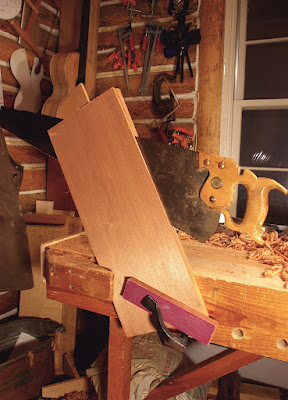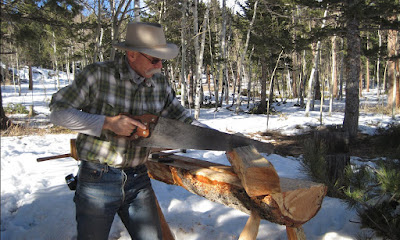Posts
Showing posts from December, 2011
End of Year Thoughts on Woodworking and Other Ramblings
- Get link
- X
- Other Apps
Reclaimed Redwood Guitar Top and 2 Panel Saws
- Get link
- X
- Other Apps
Springpole Lathe, Snow and the First Day of Winter
- Get link
- X
- Other Apps
How to Make a Spring Pole Lathe for Bowl Turning, Part 5
- Get link
- X
- Other Apps
How to Make a Spring Pole Lathe for Bowl Turning, Part 4
- Get link
- X
- Other Apps
How to Make a Springpole Lathe for Bowl Turning, Part 3
- Get link
- X
- Other Apps
How to Make a Spring Pole Lathe for Bowl Turning, Part 2
- Get link
- X
- Other Apps









